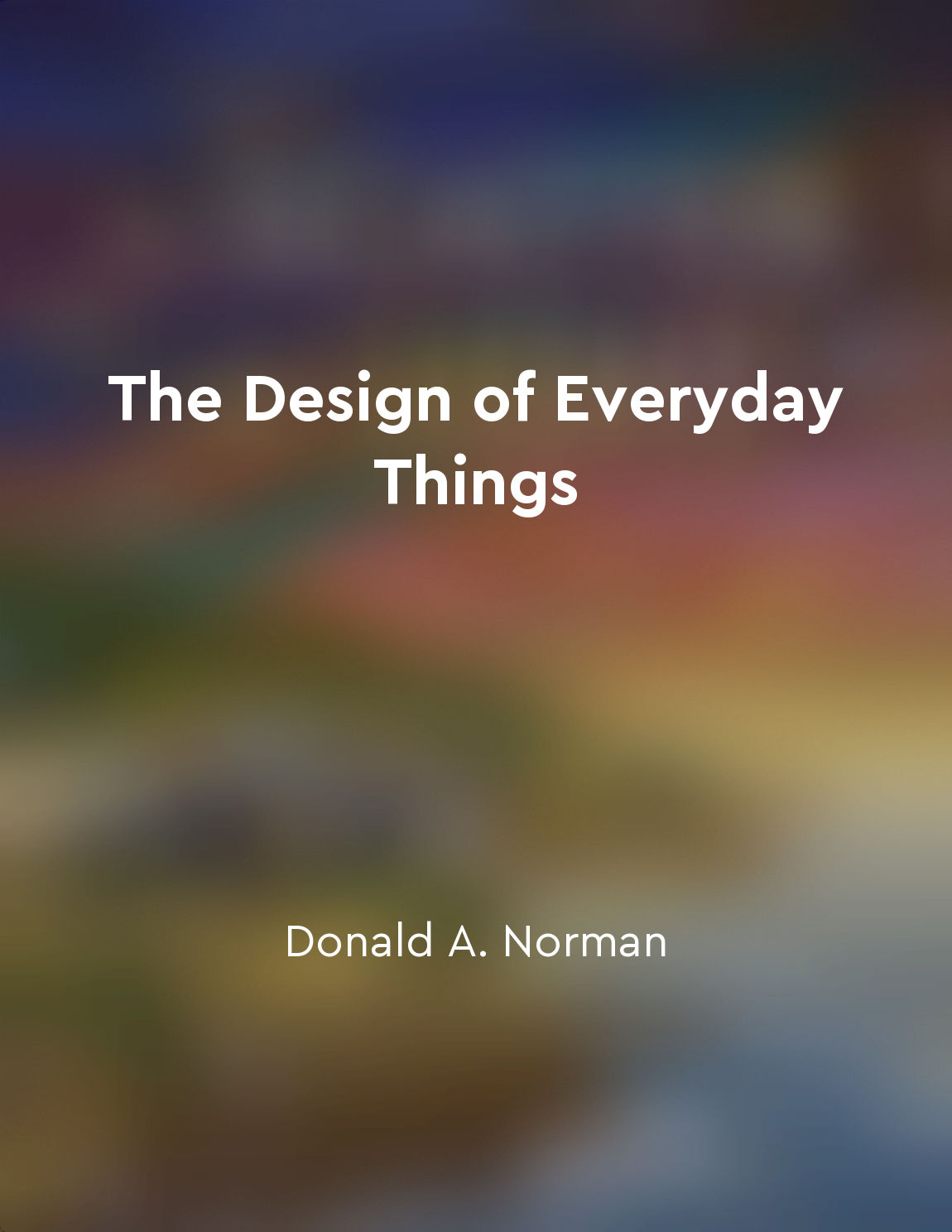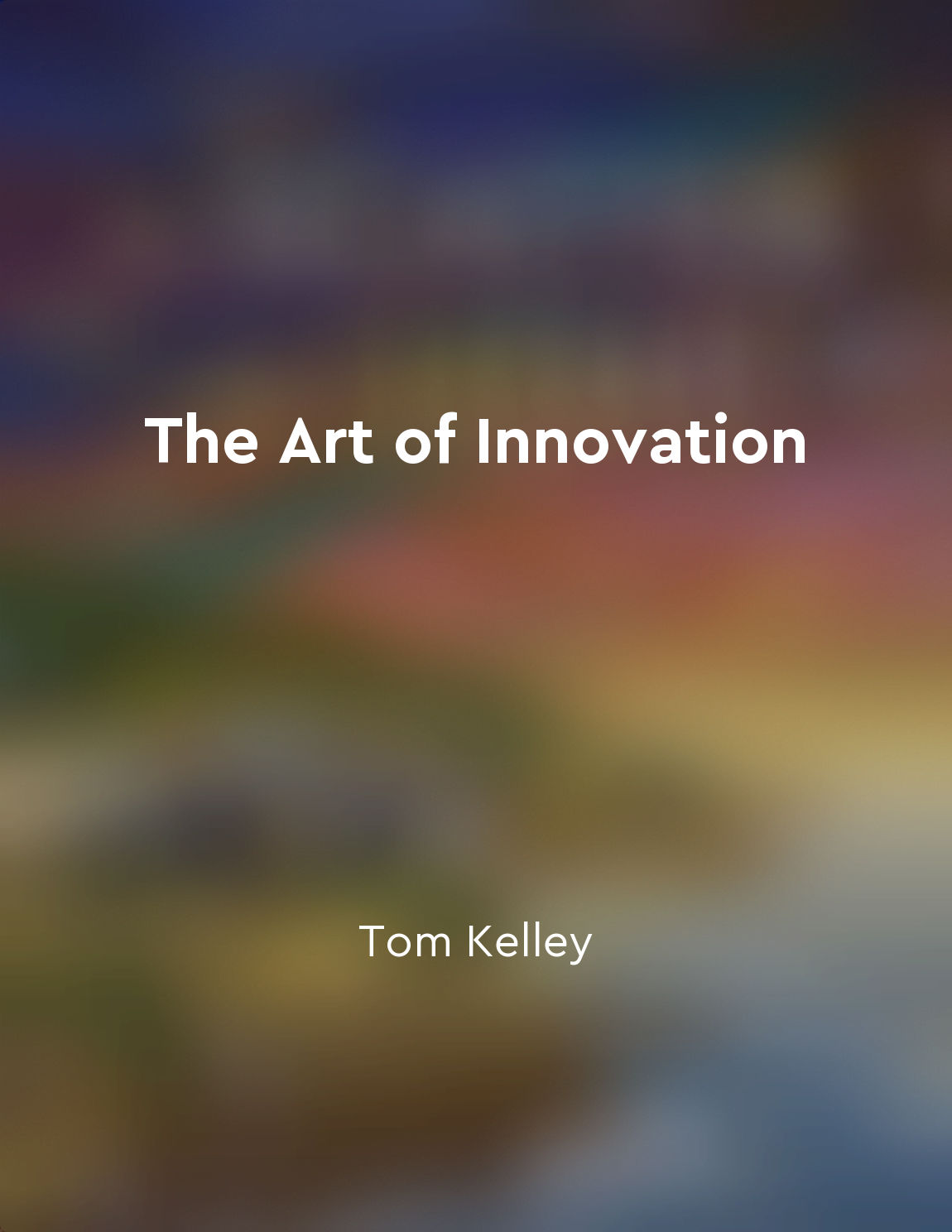Build prototype from "summary" of The Lean Product Playbook by Dan Olsen
Building a prototype is a critical step in the product development process. A prototype is a preliminary version of a product that allows you to test your ideas and assumptions in a tangible form. It helps you to quickly and cheaply validate your concepts before investing time and money into building the final product. When building a prototype, keep it simple. Your goal is not to create a polished, finished product, but rather to create something that you can test and iterate on. Use whatever tools and materials are readily available to you to create a prototype that effectively communicates your ideas. The key to creating a successful prototype is to focus on the core features and functionality of your product. Don't get caught up in details that are not essential to testing your assumptions. By keeping your prototype simple and focused, you can quickly gather feedback from users and make informed decisions about the direction of your product. Another important aspect of building a prototype is to be clear about what you are testing. Clearly define the assumptions and hypotheses that you are looking to validate with your prototype. This will help you to design tests that are focused and targeted, allowing you to gather meaningful insights from your users. Finally, be prepared to iterate on your prototype based on the feedback you receive. No prototype is perfect, and you will likely need to make changes and improvements based on what you learn from testing. Embrace this iterative process as an essential part of the product development journey. By continuously refining your prototype based on user feedback, you can increase the likelihood of building a successful product that meets the needs of your target customers.Similar Posts

Constraints help guide user actions
Constraints play a crucial role in guiding users towards a desired action. By limiting the possible options or actions, constra...
Venture capitalists look for companies with a defensible market position and competitive advantage
Venture capitalists are constantly on the lookout for companies that have established a strong foothold in their market and hav...
Embrace change
Change is inevitable. It happens whether we like it or not. The world is constantly evolving, and we must learn to adapt to sur...

Focus on humancentered design
When designing products or services, it is crucial to put the human experience at the forefront of the process. By focusing on ...
Utilize social media to reach new customers
In today's digital age, social media has become a powerful tool for businesses to connect with potential customers. Platforms l...
Materials science is integral to the design and construction of mechanical components
Materials science is a fundamental aspect of mechanical engineering, playing a crucial role in the design and construction of m...
Encourage a culture of experimentation and risktaking
To truly escape the build trap, organizations must embrace the idea of cultivating a culture that values experimentation and ta...

The role of innovation in design
Innovation plays a crucial role in design, driving progress, and improvement. It is about thinking beyond the conventional and ...
Xerox PARC innovations
Xerox PARC was a research and development facility that was set up by Xerox Corporation in the early 1970s. It was located in P...
Service blueprints illustrate the behindthe-scenes processes
Service blueprints provide a detailed view of the inner workings of a service, shedding light on the behind-the-scenes processe...
